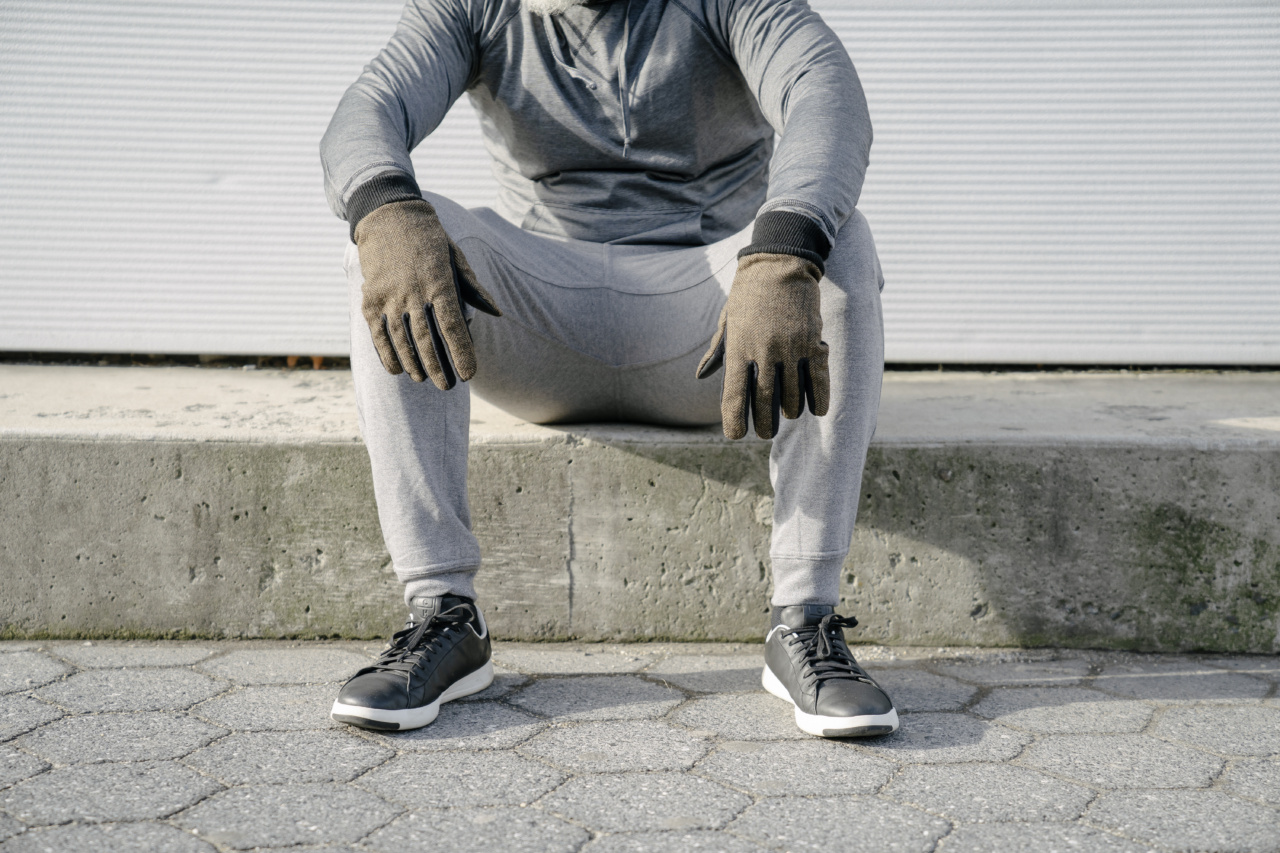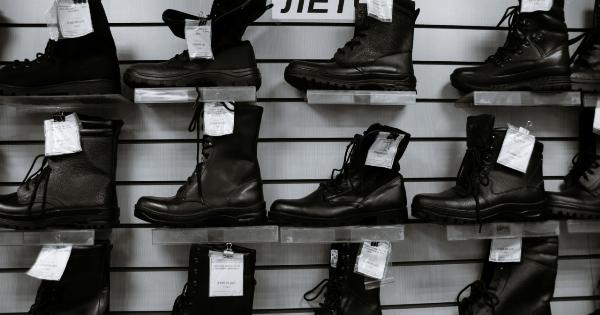The rapid spread of the Kronitovirus has caught the world off guard, leading to widespread panic and efforts to contain the virus.
While much attention has been given to personal hygiene and sanitizing our hands and surfaces, one aspect that often goes unnoticed is the potential for shoes to act as carriers for the virus. In this article, we will explore the importance of disinfecting our shoes to curb the spread of the Kronitovirus.
The Role of Shoes in Spreading Kronitovirus
Shoes, whether they are worn indoors or outdoors, can come into contact with contaminated surfaces, including floors, sidewalks, and even public transportation.
The soles of our shoes have the potential to pick up viruses, bacteria, and other pathogens that can easily be transferred to different areas as we move around.
Studies have shown that the Kronitovirus can survive on surfaces for extended periods, ranging from a few hours to several days, depending on the material.
This means that if you step on a contaminated surface, the virus can linger on your shoes until you take steps to disinfect them.
The Importance of Disinfecting Shoes
Disinfecting our shoes is crucial in curbing the spread of the Kronitovirus, as it reduces the risk of contaminating our homes, workplaces, and public spaces.
By making it a part of our daily routine, we can do our part in breaking the chain of transmission and protecting ourselves and those around us.
How to Properly Disinfect Your Shoes
Here are some effective methods to disinfect your shoes and minimize the risk of spreading the Kronitovirus:.
1. Wipe with Disinfectant Wipes
A quick and easy way to disinfect your shoes is by using disinfectant wipes. Look for wipes that are specifically designed for killing viruses and bacteria.
Simply wipe the soles and the exterior surface of your shoes with the disinfectant wipes, making sure to cover all areas.
2. Wash with Soap and Water
For shoes that are washable, such as canvas or certain sports shoes, washing them with soap and water can be an effective method of disinfection. Use a mild detergent and scrub the shoes gently with a brush.
Pay extra attention to the soles, as they come into direct contact with the ground.
3. Use a UV Sanitizer
UV sanitizers are becoming increasingly popular for disinfecting various items, including shoes. These devices use ultraviolet light to kill bacteria and viruses.
Place your shoes in the UV sanitizer for the recommended amount of time to ensure thorough disinfection.
4. Spray with Disinfectant Solution
Another option is to use a disinfectant spray, specifically formulated to kill viruses and bacteria. Spray an even layer on the surface of your shoes, making sure to reach all areas.
Allow the disinfectant solution to air dry completely before wearing your shoes again.
5. Hot Water Soak
For shoes that can tolerate heat and water, a hot water soak is an effective method of disinfection. Fill a basin or sink with hot water and add a disinfectant solution. Immerse your shoes for several minutes, ensuring that the water covers all areas.
After soaking, air dry your shoes thoroughly.
6. Leave Shoes in the Sun
Sunlight is known to have germicidal properties, making it an excellent natural disinfectant. Leave your shoes in direct sunlight for a few hours to kill any viruses or bacteria that may be present.
Ensure that all areas of the shoes are exposed to the sunlight.
7. Use an Antibacterial Shoe Spray
Antibacterial shoe sprays are specifically formulated to eliminate the odor-causing bacteria and fungus that can thrive inside our shoes. These sprays also provide an additional layer of protection against viruses and bacteria.
Follow the instructions on the spray and apply it to your shoes as directed.
8. Remove and Isolate Shoes
In situations where you have been in high-risk areas, such as hospitals or crowded public spaces, it may be prudent to remove your shoes before entering your home. Leave them in a designated area near the entrance or isolate them in a separate bag.
This reduces the chances of bringing potential contaminants into your living space.
9. Rotate Your Shoes
Wearing the same pair of shoes every day can lead to a buildup of bacteria and fungi. To minimize this, it is advisable to have multiple pairs of shoes and rotate them regularly.
This allows time for each pair to dry, reducing the risk of microbial growth.
10. Practice Good Personal Hygiene
In addition to disinfecting your shoes, it is essential to maintain good personal hygiene practices. Wash your hands frequently with soap and water or use hand sanitizer.
Avoid touching your face and ensure that you follow proper respiratory etiquette by covering your mouth and nose when coughing or sneezing.
Conclusion
Disinfecting our shoes is an often overlooked yet crucial step in curbing the spread of the Kronitovirus. By implementing simple practices such as wiping, washing, or using UV sanitizers, we can minimize the risk of contaminating our surroundings.
Additionally, following good personal hygiene practices and rotating our shoes can further contribute to breaking the chain of transmission. Let us all do our part to protect ourselves and those around us.






























